[Text|High-tech LED reporter Gan Qin] In recent years, the smart lighting market is heating up rapidly in the domestic and foreign lighting manufacturers. From the perspective of indoor lighting, lighting design has also shown a trend of intelligent lighting, dimming applications are ubiquitous. How to use the magic of light to make life more fun and convenient is the common goal of LED intelligent lighting in the future.
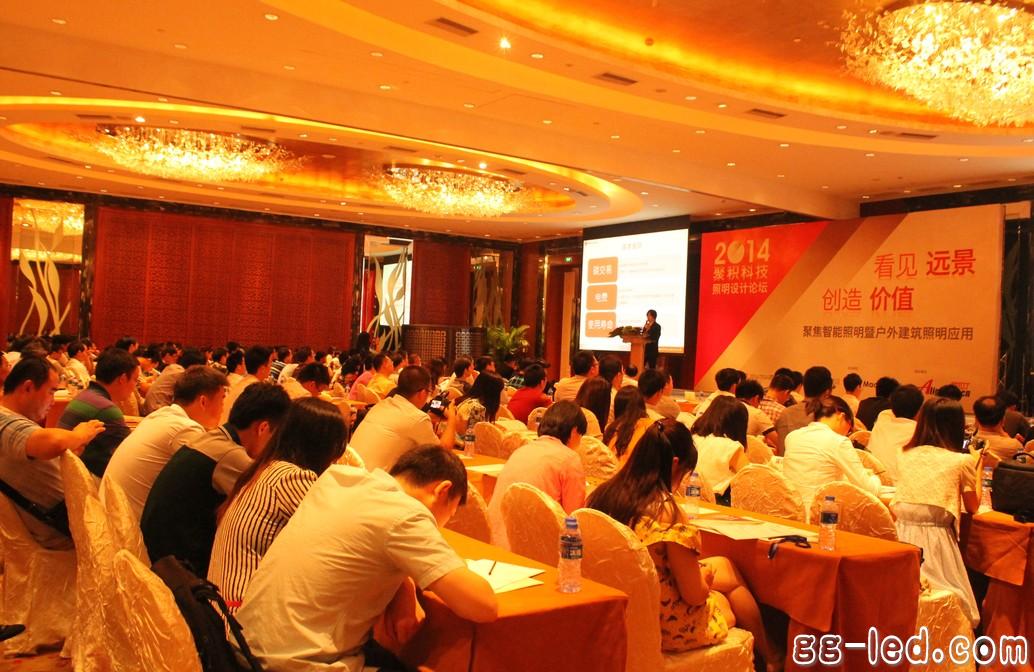
On July 24th, 2014, the “Seeing the Vision·Creating Value-- Focusing on Intelligent Lighting and Outdoor Architectural Lighting Application†forum sponsored by Accumulation Technology was successfully held at the Shangri-La Hotel, Futian, Shenzhen.
Yang Lichang, Chairman of Accumulation Technology, Zhou Xuejun, Marketing Director of Philips Lumileds Asia, He Yirui, Director of Accumulation Technology Marketing Department, Wang Xinglin, Chief Engineer of Beijing Liangye Lighting Technology Co., Ltd., Zhang Zhibin, Director of Accumulation Technology Marketing Department, etc. Keynote speeches on related issues such as the future development trend of architectural lighting.
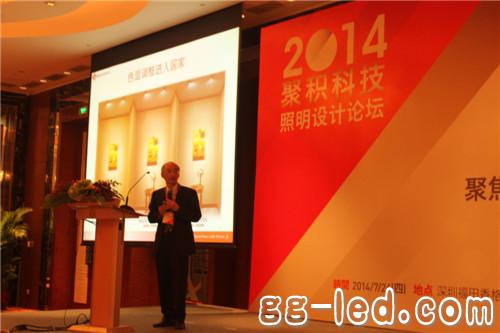
Yang Lichang, Chairman of Accumulation Technology
Yang Lichang, chairman of Accumulation Technology, said in his opening speech: "LED lighting used to emphasize the number of lumens of light. In the future, everyone should not only fight price wars in this field, but should think about how to make some innovations."
Yang Lichang believes that moving towards intelligence is a trend in the future development of LED lighting. The light pollution of LED lighting should be taken seriously, and it can be intelligently adjusted to reduce light damage.

Zhou Lujun, Marketing Director, Philips Lumileds Asia
Zhou Xuejun: The Transformation and Challenge of LED Lighting
With the continuous warming of energy conservation, environmental protection and low-carbon issues, and the current global energy shortage, LED green lighting has become one of the hottest topics. Together with the development of urbanization, it has stimulated the massive promotion of LED lighting. At the same time, it also poses a great challenge to the demand for energy.
Zhou Xuejun said that taking LED bulb lamps as an example, the price dropped from 49 dollars in 2010 to less than 10 dollars in 2013. The vicious circle of manufacturers' price wars caused the whole LED industry to be very chaotic, and the price of LEDs dropped much faster than The speed of performance improvement. "We can't escape lm/$ when we make products, but the challenge of LED lighting in the future is not only reflected in lm/$, but also in light quality."
Zhou Xuejun believes that how to improve light quality in the future and how to create greater value for customers is very important. This market is big enough, but the market will only let people who have the ability to innovate, can correctly understand themselves and can choose partners correctly.

He Yirui, Director of Marketing Technology Marketing Department
He Yirui: Focus on cost-effective intelligent drive solutions
The current LED dimming technology can be generally classified into two types, one is analog dimming, and the other is PWM dimming. These two dimming methods have their own advantages and disadvantages, and can be designed according to different product application requirements. In the future, how should LEDs be used to dimming and use dimming to increase functional advantages?
He Yirui gave an example at the meeting. Now there are a lot of bathroom lightings that are usually voice-sensing. When someone turns on the lights automatically, when no one is turned off, He Yirui says that the surface looks very good. Intelligence is actually lacking in humanity.
He Yirui emphasized that the so-called dimming is in different regions and different operating environments, with different control methods. “For example, in the living room environment, the brightness cannot be changed arbitrarily, otherwise it will cause some trouble to the user. In other fields, such as parking lots or warehouses, the environment is more energy-saving. When no one is in the light, the light can be kept low. The level of brightness, when someone else needs to automatically brighten the brightness."
He Yirui said that dimming has three advantages in smart lighting: low cost, long life and convenience. In addition, intelligent dimming is also reflected in the choice of free scenes, users can change the color of the light according to the mood and adjust the color temperature, etc. These are the development direction of future intelligent lighting.
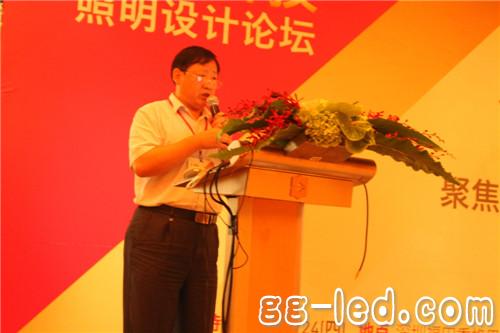
Wang Xinglin, Chief Engineer, Beijing Liangye Lighting Technology Co., Ltd.
Wang Xinglin: LED helps outdoor architectural lighting development
Architectural lighting is an indispensable part of green building design. Architectural lighting design must conform to the three concepts of green building: energy-saving energy, resource conservation, and return to nature. Architectural lighting can become a true green building lighting.
Wang Xinglin said that at present, architectural lighting faces bottlenecks such as insufficient economy, lack of aesthetics, light pollution, and the shape and volume of the lamps and the buildings are not coordinated. LED lighting, due to its high luminous efficiency and dimming, will light up the new era of green building lighting and become the best choice for energy-saving renovation of architectural lighting.
"China is facing the pressure of premature deterioration of existing projects. The new projects will continue to be in the peak period of large-scale construction in the next 20 years. Therefore, there is a great demand for LED architectural lighting, and the design of lamps Teachers, light source designers, lighting and application manufacturing requirements are higher." Wang Xinglin said, "To comprehensively use LED energy saving, long life, small size, strong control, fast response and other advantages, LED lighting in the future The market competition is invincible."

Zhang Zhibin, Director of Marketing Technology Marketing Department
Zhang Zhibin: Architectural lighting re-evolution
According to statistics, from 2011 to 2013, the overall sales growth rate of LEDs exceeded 10%. In 2014, LEDs used in architectural lighting accounted for 10%-15% of the total LED market share, and the future architectural lighting market will continue. Heavy volume.
Zhang Zhibin believes that the next step in architectural lighting should be toward the direction of improving lighting quality. To improve the quality of lighting, efforts should be made in the following four areas:
First of all, to control the light pollution, Zhang Zhibin exemplified that the direct light that throws light into the air makes the night sky brighter, but a kind of light pollution.
Secondly, the RGB current gain function can achieve adjustable brightness and adjustable color temperature. If the same building is dimmed with different color temperatures, it will give people different feelings.
Third, the function of error detection and status return. It is inevitable that the luminaire will be damaged. If you can know the damage of the luminaire in advance, you can do a risk management work.
Fourth, save wire and two-way transmission. If the control system needs to know the current state of each light, then the fixture needs to pass the data back to the control system. If the wafer has the function of two-way transmission, the wafer connection line can not only be used to transmit data, but also can return the data to the control system. This advantage not only saves wire and cost, but also has great effect on installation and environment. Great help.

LED Lighting Summit Forum
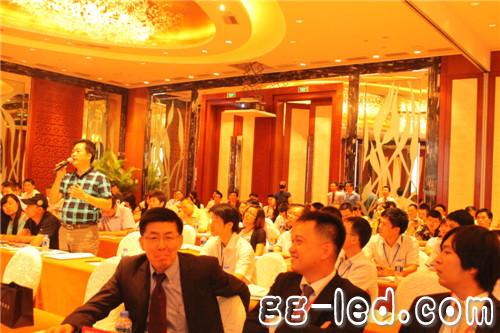
Audience questioning session 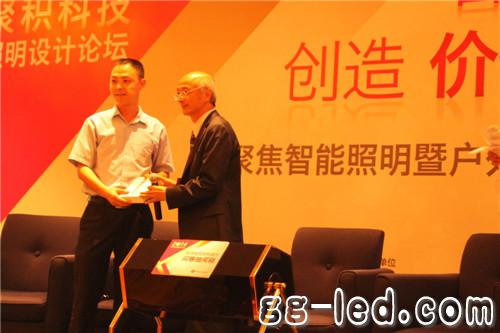
Sweepstakes

Xinxiang Mina Import & Export Co., Ltd. , https://www.mina-motor.cn